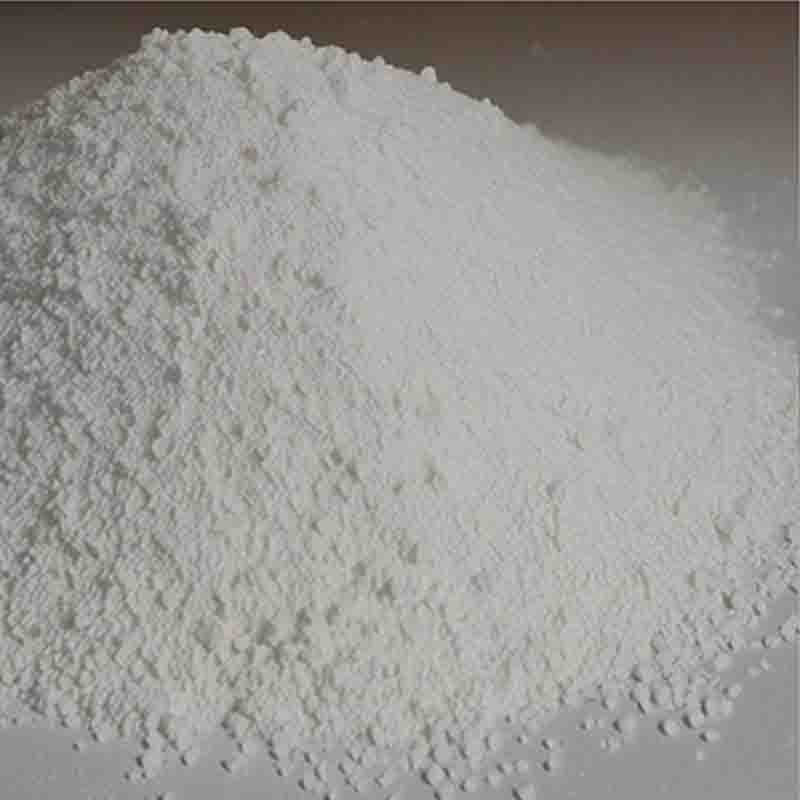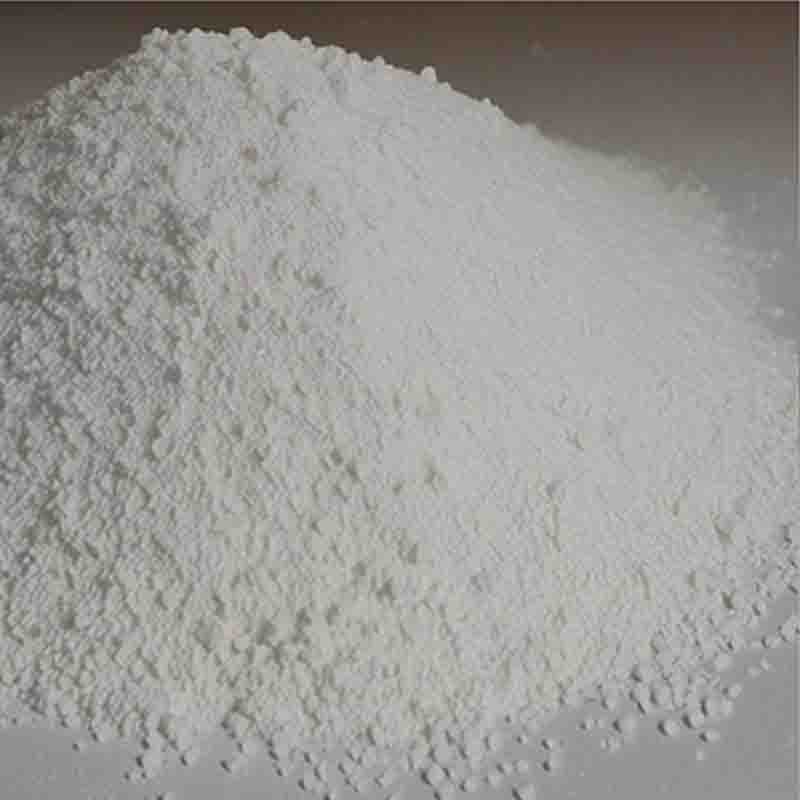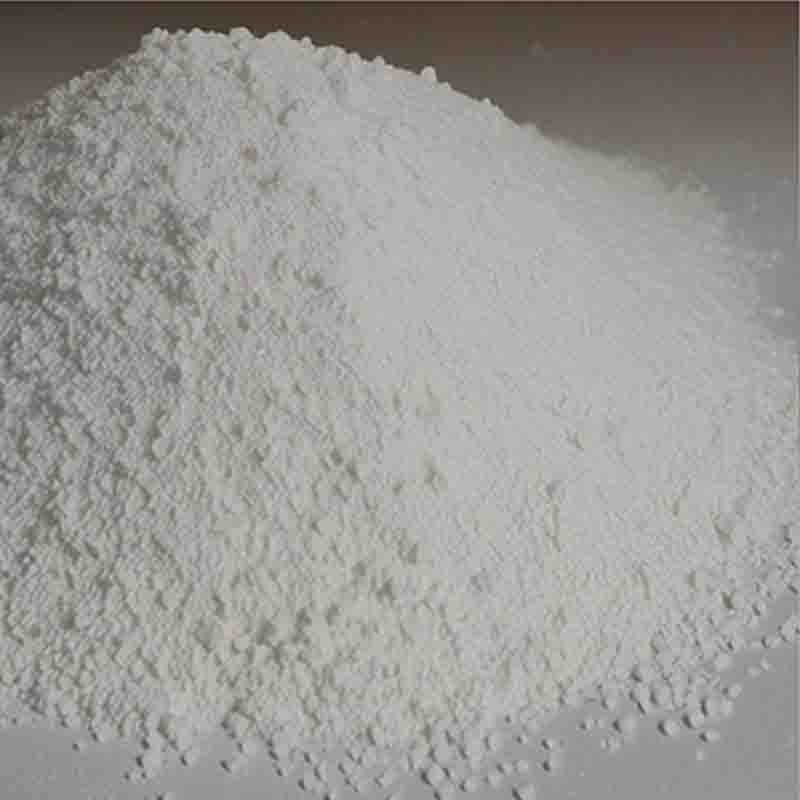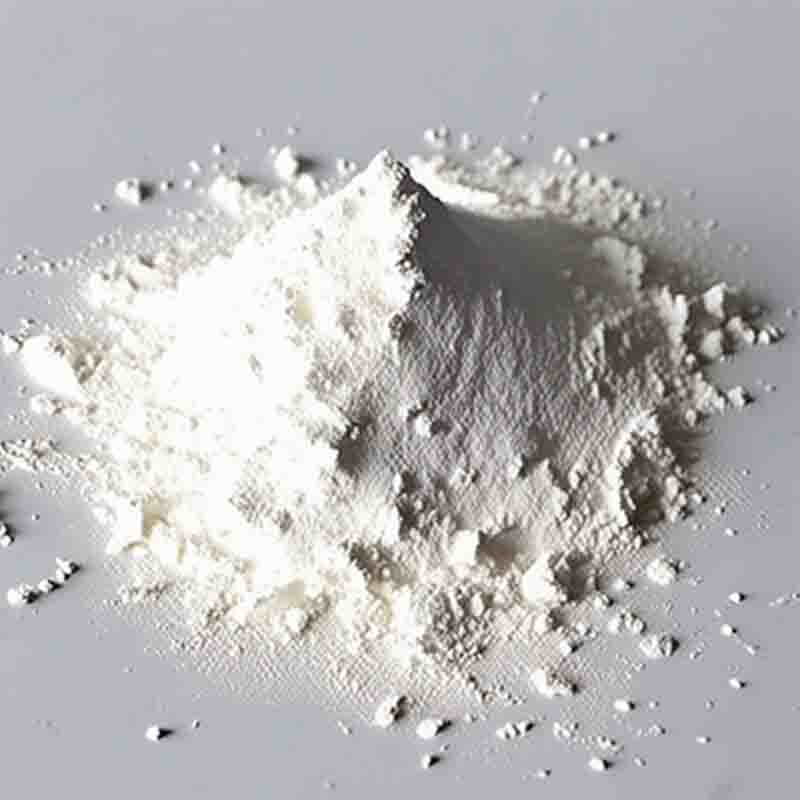2-methyl-1,3-thiazole-4-carboxylicacid CAS:35272-15-2
| Catalog Number | XD95934 |
| Product Name | 2-methyl-1,3-thiazole-4-carboxylicacid |
| CAS | 35272-15-2 |
| Molecular Formula | C5H5NO2S |
| Molecular Weight | 143.16 |
| Storage Details | Ambient |
Product Specification
| Appearance | White powder |
| Assay | 99% min |
2-methyl-1,3-thiazole-4-carboxylic acid is an organic compound with a thiazole ring and a carboxylic acid functional group. This compound has unique properties and can have various effects and applications in different fields. In this essay, we will explore the effects and applications of 2-methyl-1,3-thiazole-4-carboxylic acid within 300 words.One of the significant effects of 2-methyl-1,3-thiazole-4-carboxylic acid is its potential as a pharmaceutical compound. Research has shown that this compound exhibits antimicrobial activity against a wide range of bacteria and fungi. It has been observed to inhibit the growth and replication of these pathogens, making it a potential candidate for the development of new antibiotics or antifungal drugs. Its antimicrobial activity can contribute to the treatment of infectious diseases caused by drug-resistant organisms.Furthermore, 2-methyl-1,3-thiazole-4-carboxylic acid has been studied for its potential in the field of drug discovery. Researchers have found that this compound can act as a building block in the synthesis of bioactive molecules. By modifying the structure of 2-methyl-1,3-thiazole-4-carboxylic acid and attaching different functional groups, scientists can create a library of compounds with diverse biological activities. These compounds can then be screened for their potential as new drugs targeting specific diseases or biochemical processes.Moreover, this compound has been explored for its role in flavor and fragrance industry. Thiazole derivatives, including 2-methyl-1,3-thiazole-4-carboxylic acid, have a distinctive smell and taste. This compound can be used as a flavoring agent in food products or as an ingredient in the creation of fragrances. Its addition to food or perfume formulations can enhance the sensory experience and provide a unique and pleasant aroma.Additionally, 2-methyl-1,3-thiazole-4-carboxylic acid can serve as a precursor in organic synthesis. Its reactive thiazole ring and carboxylic acid group make it a valuable starting material for the synthesis of various compounds. It can be used to introduce the thiazole moiety into complex molecules or to create derivatives with specific properties.In conclusion, 2-methyl-1,3-thiazole-4-carboxylic acid has significant effects and applications in pharmaceuticals, flavor and fragrance industry, and organic synthesis. Its antimicrobial activity makes it a potential candidate for the development of new antibiotics and antifungal drugs. Furthermore, its role as a building block in drug discovery can lead to the creation of bioactive compounds. Additionally, its distinctive smell and taste make it useful in the flavor and fragrance industry. Moreover, its versatility in organic synthesis makes it a valuable precursor in the production of various compounds. However, further research and exploration are necessary to fully understand its mechanisms of action and expand its applications in different fields.


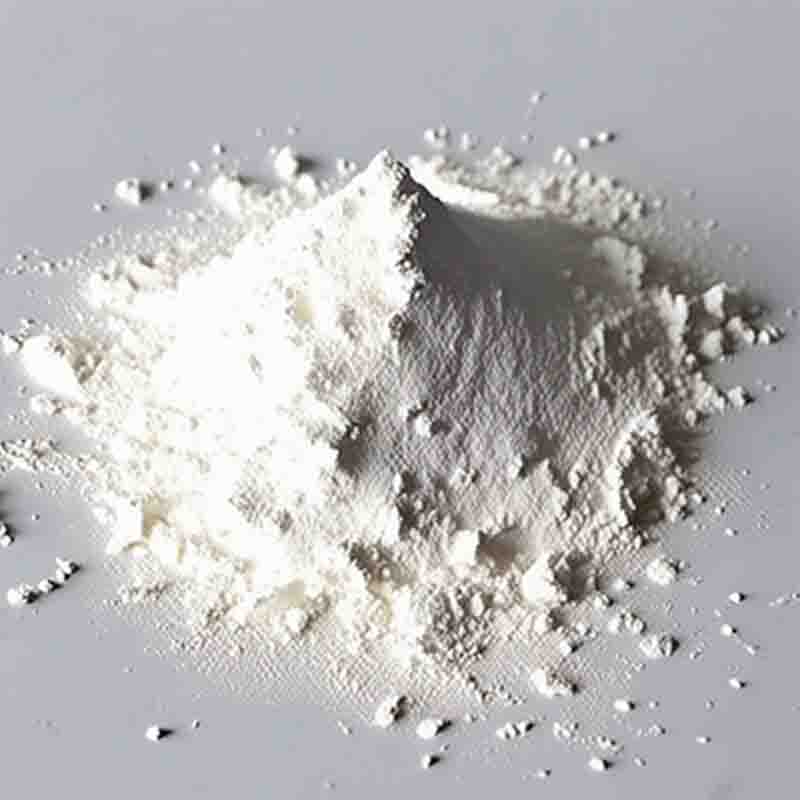

![N-[(3R,4R)-1-benzyl-4-methylpiperidin-3-yl]-N-methyl-7H-pyrrolo[2,3-d]pyrimidin-4-amine CAS: 477600-73-0](https://cdn.globalso.com/xdbiochems/白色粉末2370.jpg)
